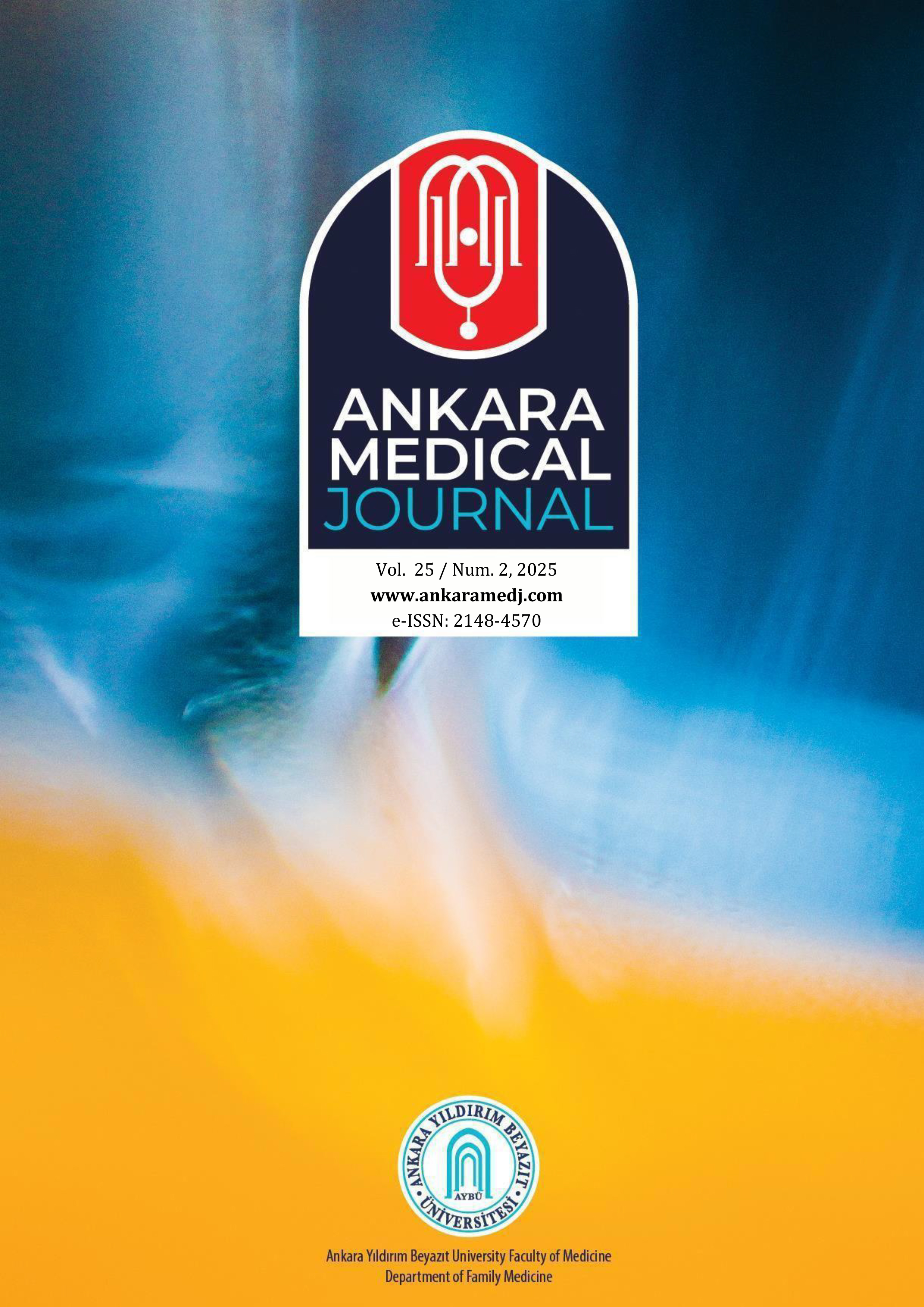Acupuncture Decreases Attack Frequency and Improves Disability in Patients with Migraine Without Aura: A Randomized Controlled Trial
Rabia Rukiye Akinci1, Yasemin Cayir2, Nuray Bilge31Department Of Family Medicine, Kadınhanı Refik Saime Koyuncu State Hospital, Konya, Turkey2Department Of Family Medicine, Ataturk University, Faculty Of Medicine, Erzurum, Turkey
3Department Of Neurology, Ataturk University, Faculty Of Medicine, Erzurum, Turkey
INTRODUCTION: This study investigated the effect of acupuncture treatment on attack frequency, pain intensity, and disability in patients with migraine without aura that receives prophylaxis treatment.
METHODS: Eighty-four patients with migraine without aura were randomized to the intervention group (IG; n=42) and control group (CG; n=42). IG received 12 sessions of Acupuncture in addition to prophylaxis treatment. CG received only prophylaxis treatment. The primary outcome measures were monthly attack frequency, duration of attacks and pain severity during attacks. The secondary outcome measure included a change of Migraine Disability Assessment (MIDAS) scores from baseline to endpoints. All participants were followed up for three months.
RESULTS: A total of 80 participants completed the study. There were no statistically significant differences between the IG and CG for either socio-demographic features or the outcome measures at baseline. VAS score decreased from 8.8±0.9 to 3.9±1.5 in IG, while it decreased from 8.7±0.8 to 4.4±2.4 in CG (p=0.001). After three months mean monthly attack frequency decreased from 7.2±3.0 to 3.3±2.3 in IG, while it decreased from 6.3±3.3 to 4.4±2.4 in CG (p=0.040). The mean duration of attacks was 12.1± 2.6 hours before intervention; it decreased to 3.1±1.7 hours in IG (p=0.002). There was a significantly higher proportion of participants in IG who had MIDAS Grade 2 compared to those with CG (42.50% versus 2.50%) at the end of the study (p=0.001).
DISCUSSION AND CONCLUSION: Acupuncture may be suggested as a complementary treatment option to optimize the clinical management of patients with migraine without aura via decreasing attack frequency and pain severity, also improving disability.
Manuscript Language: English
(801 downloaded)





